Why our obsession with ‘good taste’ will only ever hold us back
In this extract from her new essay collection Poor Little Sick Girls, Polyester zine founder and editor Ione Gamble explains why the taste hierarchy in the arts is just another way for rich people to assert their dominance over the working classes
By Ione Gamble
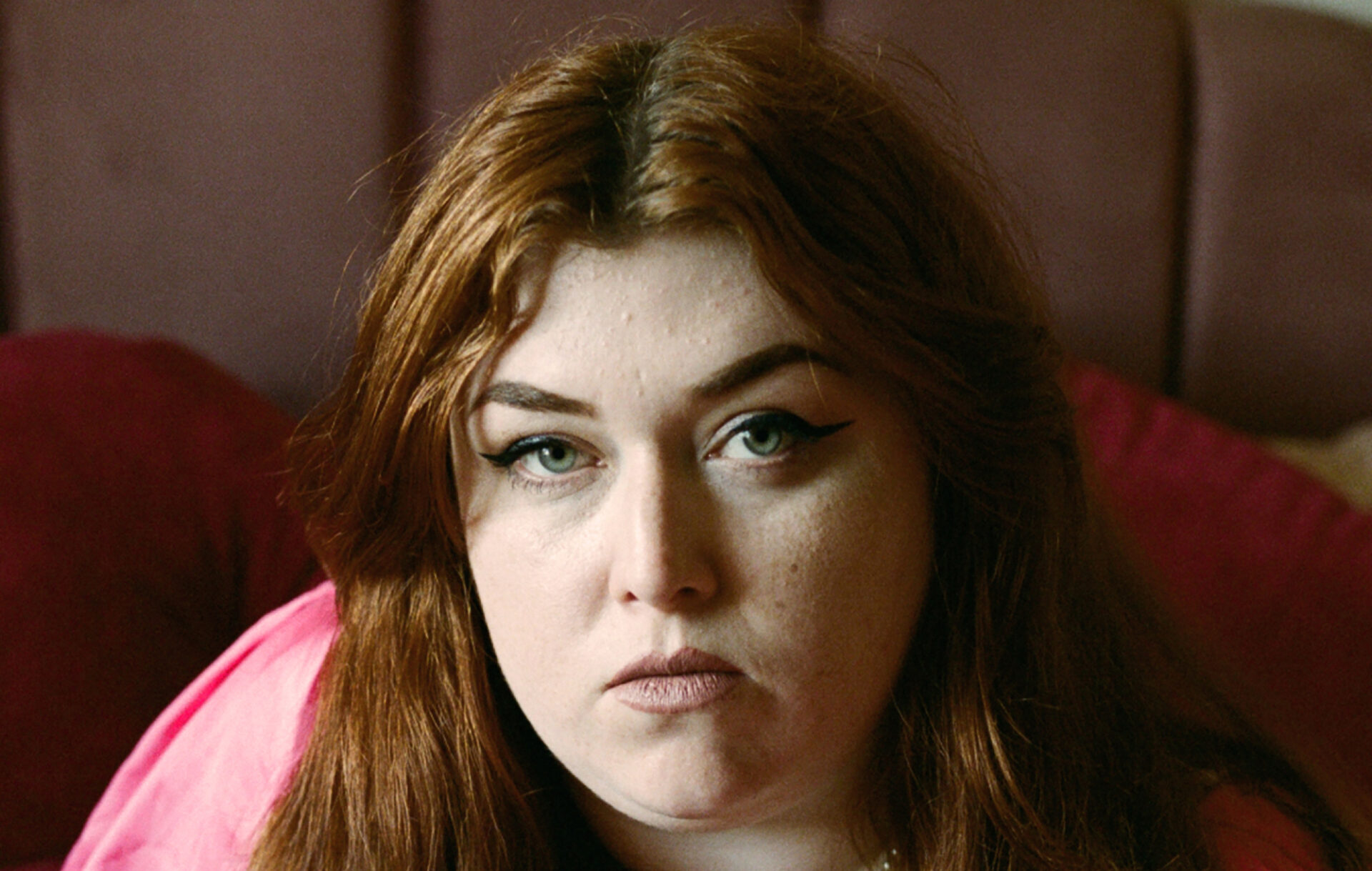
I have always considered our sense of taste to be a primal instinct rather than an intellectual tool. Not taste in terms of the food we eat, but every other thing we inevitably choose to consume in our day-to-day lives. Most of the time, the reason we like the things we like seems predetermined by an unexplained force or part of our brain that is impossible to decode. It feels innate and emotional to be drawn to a particular object or piece of music, just as it feels immovable when we feel repulsed. Our sense of self is constantly evolving but ultimately stationary; we are drawn to the things that excite us for reasons that cannot be explained by logic or reason. But at some point, we learn to not fully trust our own taste. We accept that there are people who have better taste than us, and seek out those who can teach us how to fill our lives with the right kind of things.
It can be enjoyable to either challenge or conform to what is overarchingly accepted as good, or tasteful, or worthy of our headspace and money. It can be fun to lust over a specific bag or pair of shoes, just as we relish the opportunity to subvert popular trends in an attempt to create our own. But letting our taste be determined and judged by others — even when that means rejecting what is universally accepted as ‘good’ — also holds us back. The modern hierarchy of taste is not, as I once thought, a series of tools to be utilised in the quest for self-expression. Instead, it is a prescribed set of rules built on generations of class disparity.
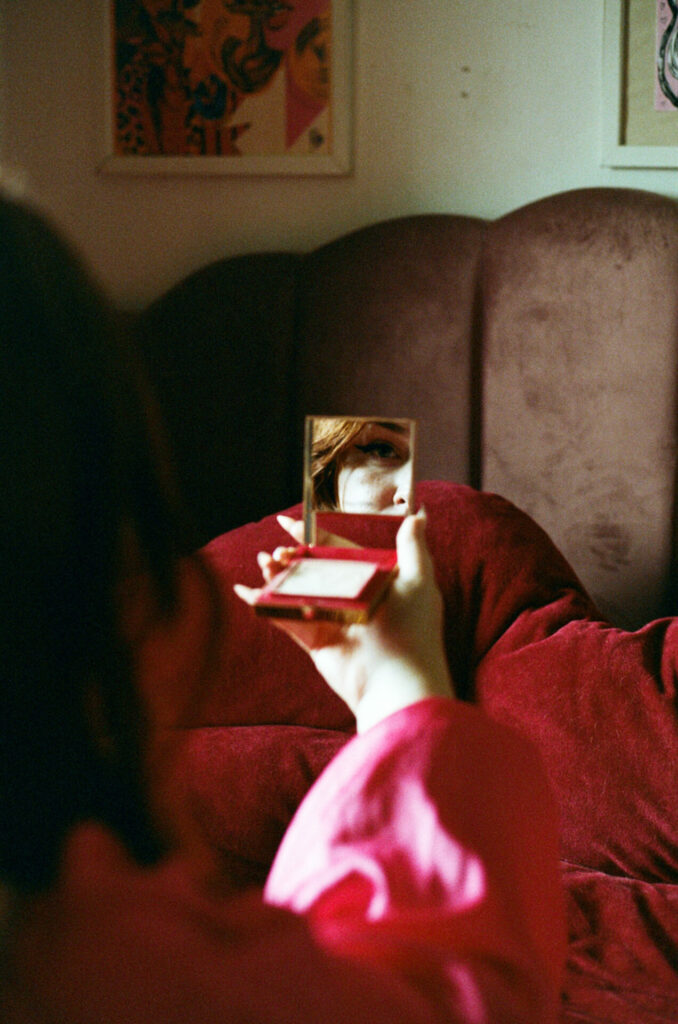
The people who invent the rules of taste are the same people who have gripped onto power for the whole of modern history. They use taste not to liberate us, or to make life enjoyable, but to assert their dominance over anyone not lucky enough to be born into bundles of cash. I came to learn that having ‘good taste’ is not dependent on how confident you are in yourself and your interests, but on how closely you can resemble the rich.
It wasn’t until adulthood that I realised my family was poor. My revelation didn’t come in one single moment, but rather a bombardment of seemingly minor events that finally helped me put together the pieces and conclude that the people around me lived completely different lives to mine. The countless times my peers have suggested I just ask my mum for money to fund private healthcare for my Crohn’s disease, as if this was a totally normal, cheap and reasonable request, probably contributed to my realisation. Or when I’ve arrived to parties dressed up to the nines for fear of someone calling me out for not looking rich enough, only to have someone in my group declare it a ‘flex’ to look like shit when walking through expensive venues.
“The modern hierarchy of taste is not, as I once thought, a series of tools to be utilised in the quest for self-expression. Instead, it is a prescribed set of rules built on generations of class disparity”
— Ione Gamble, Poor Little Sick Girls
It might have been after hearing for the umpteenth time how someone launched a fledgling business financed by their trust fund, or watching friends’ Christmases on Instagram and discovering their sprawling country estates, their designer gifts and their swimming pools. Until I moved away from home, rich people were an abstract concept in my mind. They existed only on TV screens, or in the pages of my hoarded magazines. I would pore over shoplifted high-fashion publications in awe of the clothes and speechless at the price tags, spend countless hours watching series after series about privileged teens, and meticulously plot how to recreate my favourite high-fashion looks on a budget. I didn’t spend much time feeling sorry for myself because my life wasn’t the same as those of the people I admired — why would it be?
Who actually had a job or a rich enough family that saw them ferried around the major global city of their choice, buying whatever clothes they wanted and constantly attending events with open bars? It seemed impossibly glamorous to me, a teenager who spent her Friday nights drinking two-litre bottles of cider on the beach and shopping in Primark. It was always fairly obvious that my household didn’t have as much disposable income as some of those I grew up with — I didn’t go on the same holidays, dress in outfits from the same shops, or have the same cultural references drilled into me from childhood. But my mum’s lack of income didn’t cause me to miss out on anything or prevent me from discovering the things I loved. OK, I wasn’t buying Prada or drinking champagne stolen from my parents’ drinks cabinet, but I found ways to get my hands on nearly everything I wanted, within reason.
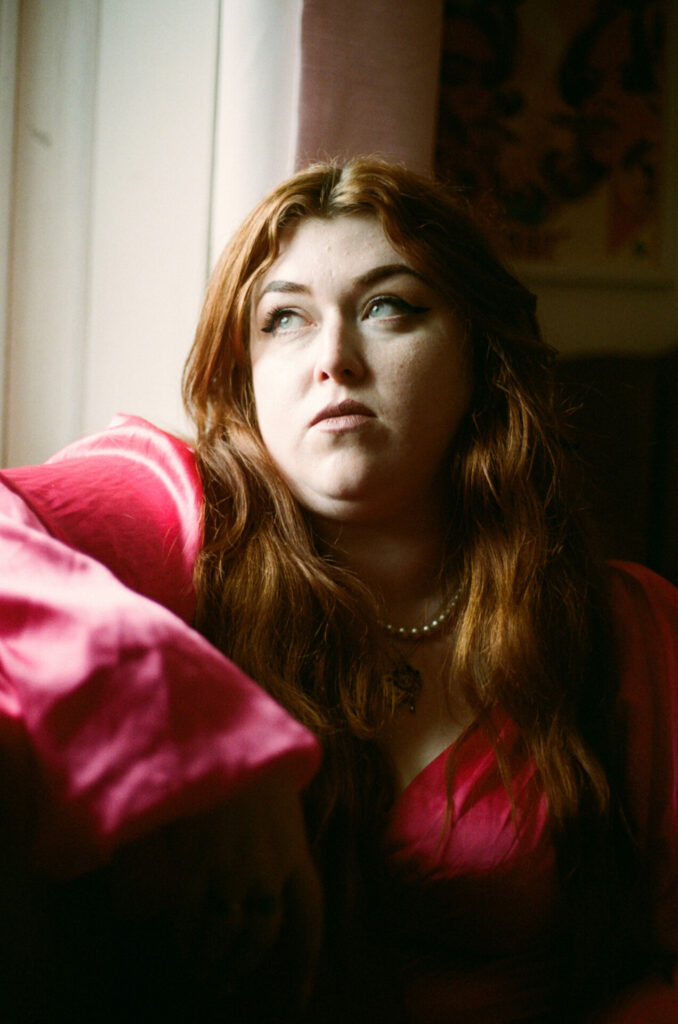
I created workarounds for things I couldn’t afford, and saved for things that were impossible to talk my way into. I was convinced that money was not the only way to get what I wanted, nor the only way to garner respect. I never had much, but I was always sure of who I was and what I liked. Above all, I was absolutely sure that I had good taste — despite the fact that I often didn’t have the means to prove it. But when I moved to London, I inadvertently became one of the people I’d convinced myself were nothing more than fantasy — though without the connections, cash or confidence that ensured I would make it in the cut-throat world of fashion.
I didn’t go to private school, had not a single family member who followed a remotely similar path to mine, and would have never even heard of a trust fund if it wasn’t for Gossip Girl or The Hills. Though I grew up in a single-parent household, with a mum who relied on child tax credits and free school meals, by entering the magazine and publishing industry, I was always assumed to have come from money. As I stared at the people filling up the spaces I found myself in, I realised that they were nothing like the ones I grew up with. I was almost totally unaware that I was pining for acceptance in an industry that continues to only welcome the rich while being utterly obsessed with those who are poor.
“People who have been left on the outside naturally crave to be let in, and it’s difficult to trust in the power of our own ideas when they have been diminished for so long”
— Ione Gamble, Poor Little Sick Girls
My confusion at ending up in rooms full of birthright millionaires most likely came from a mistaken belief that taste was innate rather than learnt. Growing up, I was encouraged to explore my sense of taste: to dye my hair garish colours that I would come to regret, to buy clothes that were the opposite of what everyone else around me was wearing, and to honestly be myself no matter the cost. I came to believe that taste was not a singular vision, but multiple splintering threads, and that even if you didn’t fit in with the majority of people, you’d eventually find a place filled with those whose taste matched yours. I didn’t believe in the moral superiority of liking the right things; I didn’t really understand or have any knowledge of the class system, and I thought that actively pushing against the things that everybody else liked was the most exciting thing in the world.
But in London, instead of finding people who embraced the subjectivity and complexity of taste in the way I understood it, I realised that most people who gravitated towards the creative industries I aspired to be a part of did so as a way to uphold a code of taste that keeps people out, rather than welcoming them in. That the people who decide what we wear, watch, listen to and put in our homes are not there necessarily for love of those things, but because it is all they have ever known. Their ‘good’ taste isn’t acquired through years of experiences that helped them develop a sense of who they are, but is rather passed down to them from family members who have always had access to the finer things in life.
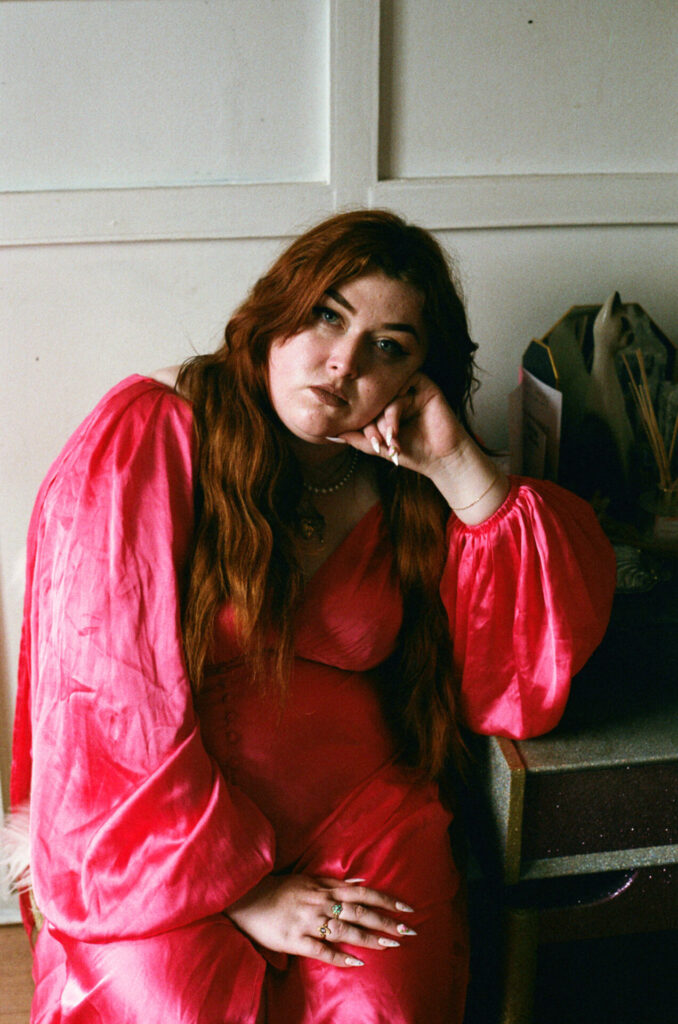
In the original incarnation of Gossip Girl, Blair self-identifies as ‘a dictator of taste’. She’s judgemental, particular and knows everything there is to know about clothes. Her mother is a fashion designer, she lives in a penthouse and is impossibly privileged. She is also a fictional character, and one I could have never imagined encountering in real life. I saw a lot of myself in Blair: her strong will, her bossiness, and her obsession with how what we wear is socially and politically important. Our similarities aside from fashion ideologies were non-existent; our upbringings couldn’t have been further apart. What I failed to realise on my copious re-watches of the series was that Blair’s title was fitting because of her background and not because of her passions. And that in my adult life, I would meet more ‘dictators of taste’ than I ever thought possible.
“[Now it’s] easier to get away with packaging yourself as subversive when you aren’t, as social media seemingly flattens social divides and places us all on the same platform”
— Ione Gamble, Poor Little Sick Girls
Much of the time, an obsession with ‘bad taste’ is only accepted when rich people indulge in the enjoyment of low aesthetics in a heavily dosed display of irony. A love of all things OTT has to be laced with a knowing sense that these things are not really being taken seriously. Traditional signifiers of wealth — jewels, gold, Versace-print everything, logo-adorned designer handbags and expensive cars — were co-opted by celebrity culture at some point in the early 2000s in a very American style of aspiration. All the things that told us somebody was rich became very, very trashy.
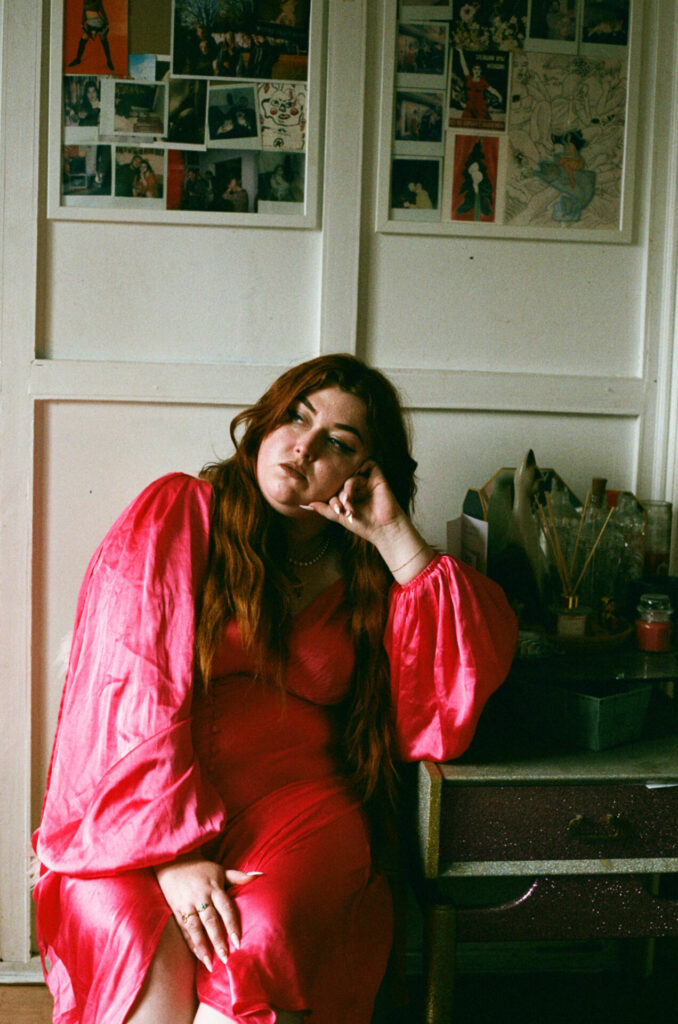
From Paris Hilton to the Kardashian family, being open about how much money you had started to be seen as cheap. As the aforementioned starlets became embroiled in sex-tape scandals and rose to public infamy when they chose to open up their lives to us common people through our TV screens, the wealthy had to find a new way to assert their dominance over the rest of us. Cold marble surfaces and the inclination to have literally nothing on display in any part of your home replaced a penchant for houses stuffed full of expensive artefacts. Pink, denim and diamanté clothing was eclipsed by plain beige silhouettes that signalled to the world that you could afford to spend £5,000 on a coat that could have just as easily cost £50.
These shifts in what we consider to be good taste also align with a move towards conservatism in the world. Wearing a Phoebe Philo-era Celine suit may offer the illusion of an empowered woman but, in reality, we’re mimicking stereotypical masculinity and reasserting that good taste is only viable when it upholds the cis-patriarchal status quo. But as the upper classes continue their obsession with minimalism, our sense of taste has become muddled, as we all become increasingly preoccupied with authenticity.
“Though I grew up in a single-parent household, with a mum who relied on child tax credits and free school meals, by entering the magazine and publishing industry, I was always assumed to have come from money”
— Ione Gamble, Poor Little Sick Girls
Authenticity is, rightly or wrongly, no longer considered possible when you’re rolling in cash and people are becoming more acutely aware of the prevalence of nepotism and wealth when it comes to who we consider taste-makers. Whereas existing in the upper and middle classes used to be an immediate signifier that you knew all about the finer things in life, those who do come from money are going to greater and greater lengths to conceal their realities in order to prove they have earned their position of power rather than inherited it.
My once proud confidence in my own taste is chipped away at each time I am put in a room full of people in designer dresses with perfectly blow-dried hair. I’ll forget every impressive thing I’ve ever done, and how good I felt I looked before I left the house. I’ll feel unkempt no matter how put together I am, and inadequate no matter how much I know, deep down, that I deserve to be there.
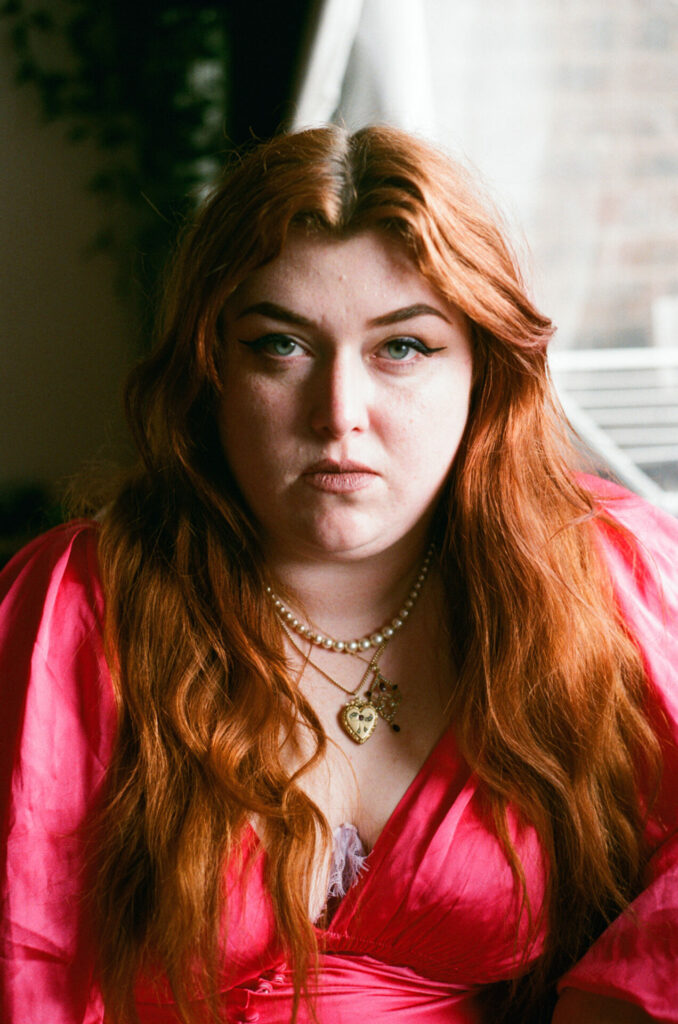
In those moments, it feels impossible for good taste to transcend class when you’re attempting to be taken seriously. But at the opposite end of the spectrum, there is a whole host of fairly wealthy people who are desperate to conceal that they are surrounded by money. People who are eager to convince those around them of their working-class credentials, despite the fact that their parents supplement their income and paid their deposit when they bought a property. As I found myself speaking to more and more people from middle- and upper-class backgrounds, I realised that they don’t see being poor as a rigid socioeconomic standard dictated by your income and quality of life.
Instead, to many people, being ‘poor’ exists on an imaginary spectrum that genuinely hard-up people never have the pleasure to even consider. For some of them, it means not being able to afford dinner out multiple times a week, missing out on one of their four holidays abroad, or dipping into the savings accounts their parents set up for them. While growing up poor is actually debilitating in terms of opportunities and experiences, those who are rich have become ashamed to admit that their wealth may have helped them.
“No matter how genuinely interesting or original a piece of clothing, music, art or writing is, your success is capped — both monetarily and in terms of reach — unless someone further up the social food chain can profit from it”
— Ione Gamble, Poor Little Sick Girls
Instead, they decide to either keep quiet about their background or warp their origin story to align with working-class experiences. Influential people struggle to accept that they are rich, and spend their time fetishising the experiences of those who aren’t. At the opposite end of the conversation, those who are poor or who grew up without abundance are left feeling gaslighted by the people they see wearing head-to-toe designer, living in their own flats and buying expensive furniture while in the same breath bragging about their latest claim to have no disposable cash left at the end of each month.
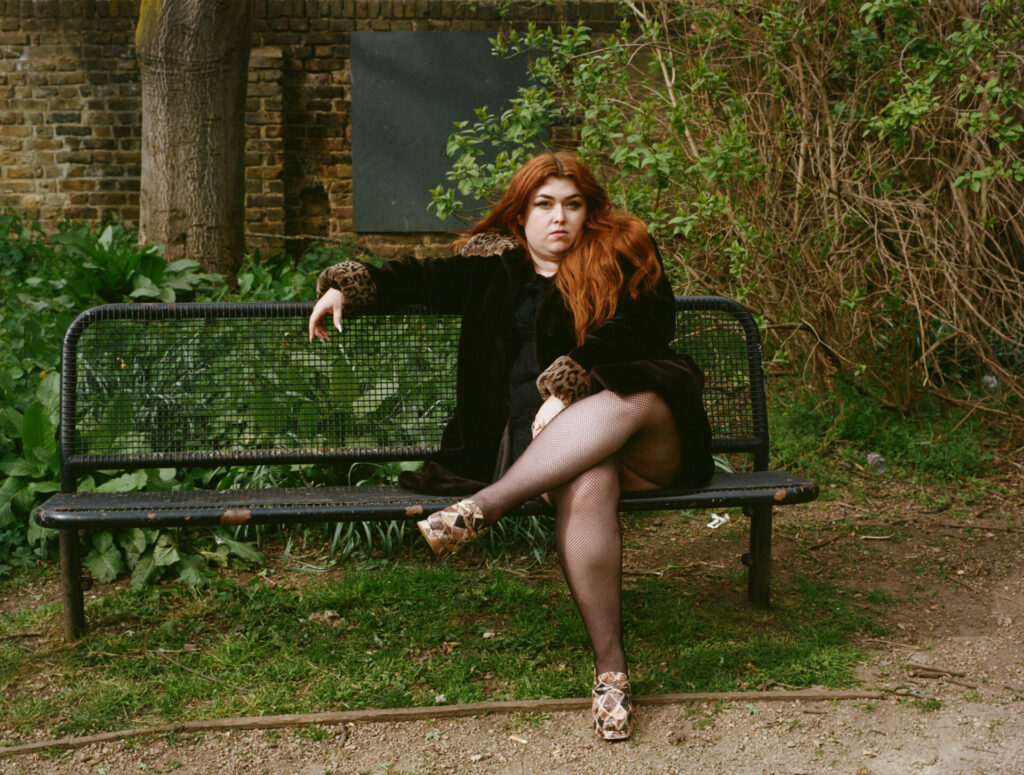
Until the fifties and sixties, trickle-down theory prevailed: working-class people were considered too culturally lacking to pioneer or create, and the upper classes dictated fashion trends and beauty norms, which then worked their way down into the mainstream. This is similar to how the high street operates now: we see the Miu Miu runway, and six months later, similar items start popping up in H&M. However, beginning halfway through the twentieth century, and continuing right up to the present day, trickle-up theory is thought to be more culturally relevant in contemporary arts and culture. It refers to trends originating in working-class or marginalised cultures that then penetrate class barriers and are adopted by those in the upper echelons of society. Denim becoming socially acceptable in the sixties, the grunge movement of the nineties, and even T-shirts transforming from military wear to everyday essentials are all examples of this.
Trickle-up theory can be observed in practically every cultural movement and trend we see today, whether it’s a fickle obsession with diversity, streetwear, or the thousands of micro-trends we see across our Instagram Explore pages on a regular basis. For a long time, I considered trickle-up to be a win for progression. I understood it as a way for marginalised people to have their contributions recognised. But the longer I spent observing these trends, the more I understood trickle-up culture as another way to exploit people who innovate but do not have the resources to capitalise on their own ideas.
“Influencers and cultural pioneers are often guilty of presenting as poor online, in a bid to be relatable to their audiences, when in actuality their lives more closely resemble royalty than roughing it”
— Ione Gamble, Poor Little Sick Girls
No matter how genuinely interesting or original a piece of clothing, music, art or writing is, your success is capped — both monetarily and in terms of reach — unless someone further up the social food chain can profit from it. Part of the reason why this problem still prevails is that we are obsessed with acceptance; people who have been left on the outside naturally crave to be let in, and it’s difficult to trust in the power of our own ideas when they have been diminished for so long.
Separately, trickle-up theory has been mutating since the advent of the internet. Now, it’s easier than ever to access alternative ideas — and it’s also far easier to get away with packaging yourself as subversive when you aren’t, as social media seemingly flattens social divides and places us all on the same platform. Where we apply trickle-up theory, we are, more often than not, actually referring to a fetishisation of youth culture, regardless of social class. We look to teenagers and young adults to dictate trends and taste on a micro-level online, taking them at face value. Influencers and cultural pioneers are often guilty of presenting as poor online, in a bid to be relatable to their audiences, when in actuality their lives more closely resemble royalty than roughing it.
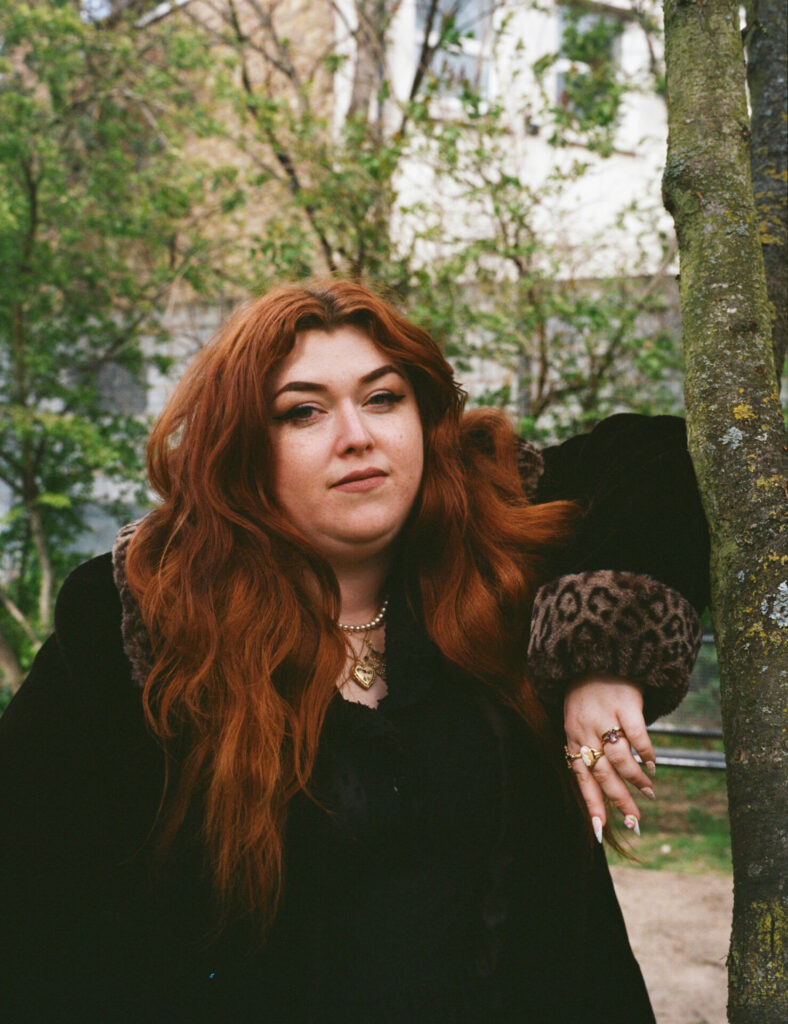
Trying to cosplay as someone who had money always had me feeling as though I was running to catch up with those around me; it was exhausting, unfulfilling and futile. At a time in my life at which I felt most vulnerable — sick, surrounded by people I couldn’t relate to, and living away from my family — I decided to embrace what I had always loved, rather than constantly trying to climb upwards and away from my true interests and beliefs. I’ve never enjoyed the idea of having less stuff. By unashamedly embracing the things I had previously felt embarrassed at finding joy in, I live a happier life. My floor is covered in a sprawling zebra-print rug, next to a plush pink velvet headboard that frames multiple prints and works of art that bring me peace when I feel most cut off from the world. Through my zine, I found other people who felt the same way as me and had grown up under similar circumstances. I learnt that my interest in the bright, the garish, the girlie and the gruesome wasn’t devoid of merit, thought or feeling.
Using the pope of trash himself, John Waters, as my guide, I became confident in my belief that trying to appeal to everyone — or even those in closest proximity to you — isn’t as important as finding people who truly understand why seemingly meaningless objects, aesthetics, films, bands or clothes can help build the emotional basis of who you are. Most importantly, I began to understand that our concept of what is good and what is bad was created by people I have absolutely no interest in trying to impress.
The taste hierarchy is nothing more than a well-crafted lie, maintained to help the same narrow group of people cling on to power with their cold dead hands. By smashing it to pieces, a brighter world full of gloriously garish taste is possible.
Taken from the June/July 2022 of Rolling Stone UK. Buy it here.
Ione Gamble’s Poor Little Sick Girls: A Love Letter to Unacceptable Women is out May 26, 2022. Pre-order it here.
